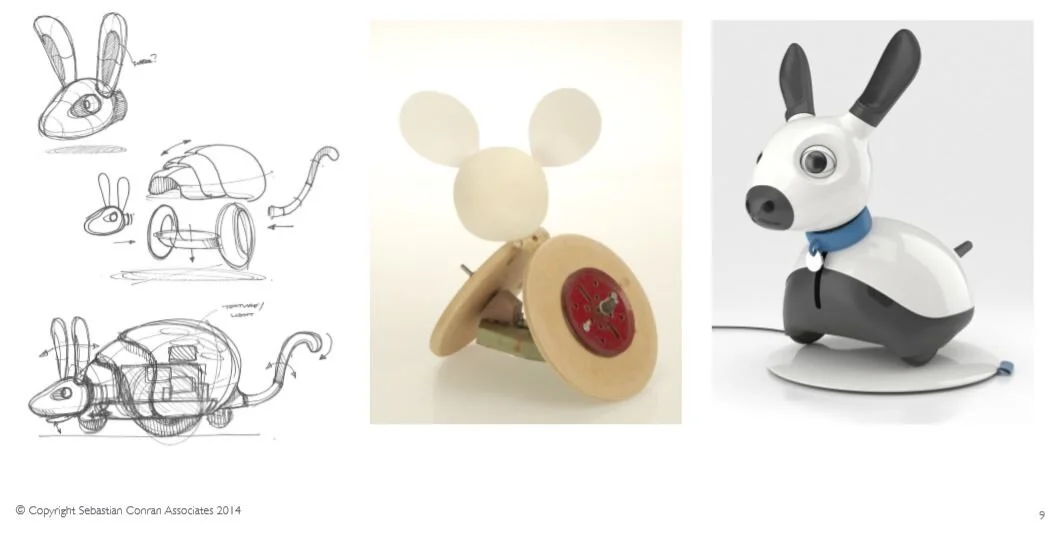What does a model of a brain actually look like? The answer is that they come in many, many forms. For example, some scientific groups work at a very detailed level, trying to understand how individual neurons, or groups of neurons, work to perform the functions that form the building blocks of behaviour.




